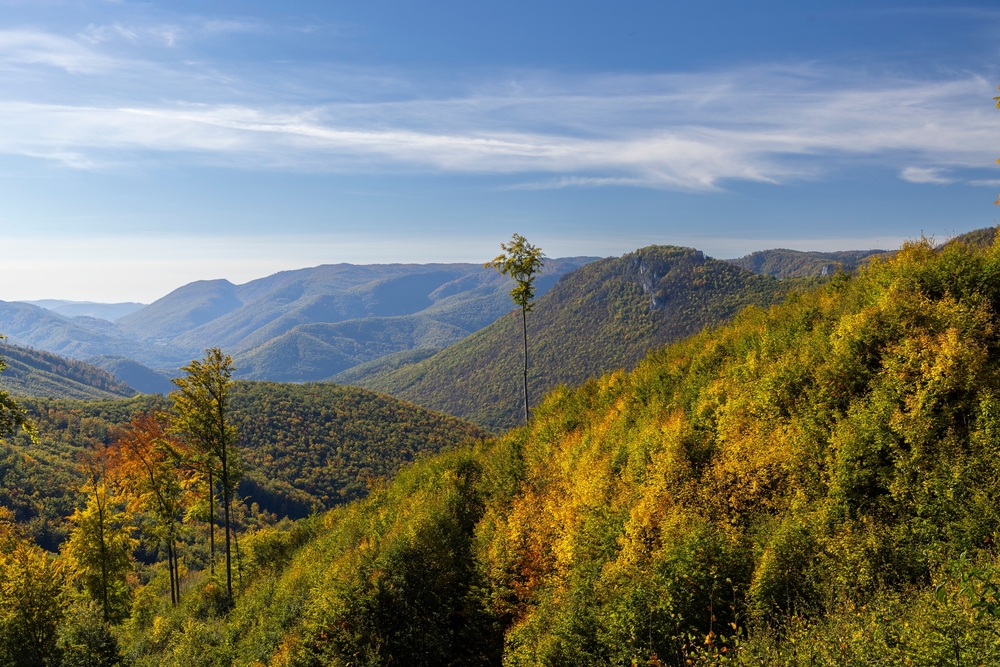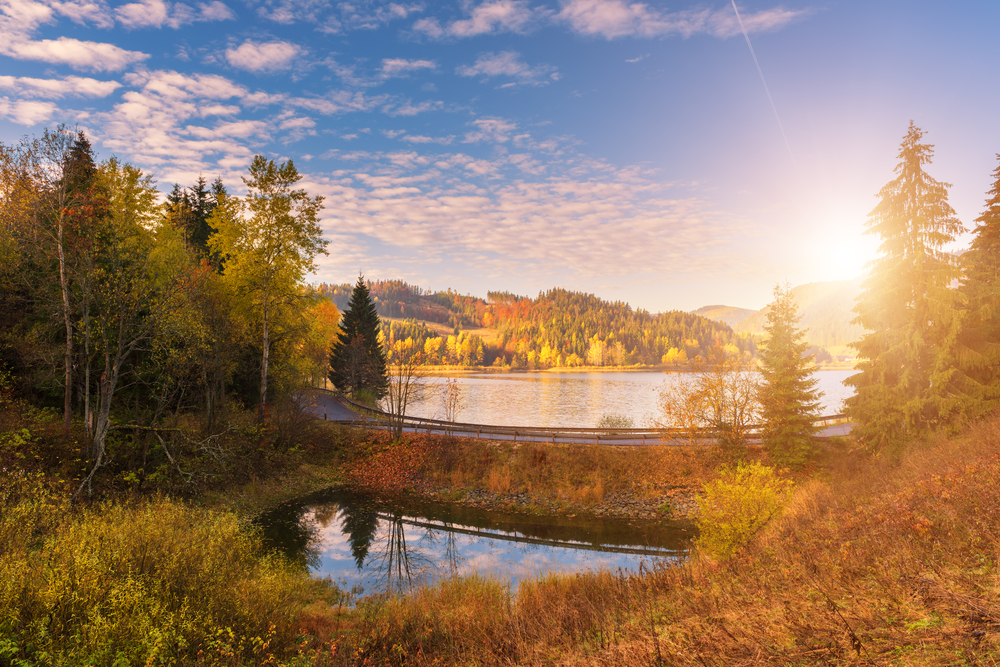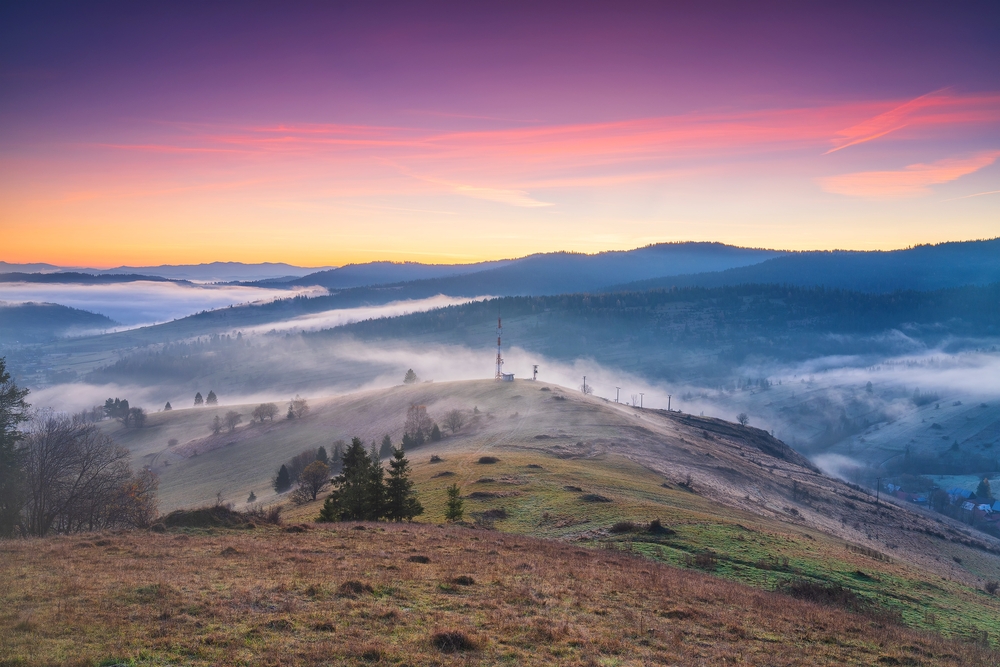Tatra Slovakia Overview
Tatra National Park, known locally as Tatranský národný park (TANAP), is the oldest national park in Slovakia, established in 1949. It covers an area of approximately 286.3 square miles (741 square kilometers) and is located in the northern part of Slovakia, bordering Poland.
The park encompasses the Slovak side of the Tatra Mountains, which form a natural border between the two countries. The High Tatras (Vysoké Tatry), the tallest mountain range in the Carpathians, dominate the landscape with rugged peaks, glacial lakes, and deep valleys.
Among its most notable peaks is Gerlachovský štít, the highest mountain in Slovakia, standing at 8,711 feet (2,655 meters). The park is home to spectacular natural features such as Štrbské Pleso, a picturesque glacial lake, and the impressive Kmeťov waterfall, the tallest in Slovakia.
The terrain of Tatra National Park varies from dense coniferous forests at lower elevations to alpine meadows and rocky summits at higher altitudes. The lower slopes are dominated by spruce, fir, and larch trees, while the higher elevations transition into dwarf pine zones and open, rugged landscapes.
In the spring and summer months, the park is adorned with colorful alpine flowers, including edelweiss and gentians, creating a stunning visual contrast against the rocky backdrop. The valleys are interspersed with cascading streams and glacial lakes, remnants of the Ice Age, which provide a unique and serene beauty to the park’s environment.
Tatra National Park is a haven for wildlife, offering refuge to several rare and endangered species. Among the most iconic inhabitants is the Tatra chamois, an endemic subspecies that has adapted to the park’s harsh alpine conditions. Other notable mammals include brown bears, Eurasian lynxes, red deer, and wolves, all of which roam freely through the park’s forests and meadows.
The park is also an important sanctuary for bird species, including the golden eagle, peregrine falcon, and the rare Tengmalm’s owl. The presence of these species highlights the park’s importance as a biodiversity hotspot in Central Europe.
Visitors to the park can experience its breathtaking landscapes through a well-maintained network of hiking trails that range from easy walks to challenging alpine routes. Popular hiking destinations include the summit of Rysy, the highest peak in Poland, accessible from the Slovak side, and the scenic trails leading to Velické Pleso and Zbojnícka Chata.
In the winter, the park transforms into a prime destination for skiing and snowboarding, with resorts like Tatranská Lomnica and Starý Smokovec offering excellent facilities for winter sports enthusiasts. Additionally, Štrbské Pleso serves as a hub for both summer and winter activities, providing opportunities for boating, cross-country skiing, and scenic relaxation.
Conservation efforts in Tatra National Park have focused on protecting its unique ecosystems while balancing tourism with environmental preservation. Challenges such as habitat degradation, climate change, and increasing visitor pressure require ongoing management strategies to maintain the park’s ecological integrity.
Successful conservation initiatives have included the reintroduction of native species, stricter regulations on human activity, and cross-border cooperation with Poland’s Tatra National Park to ensure the long-term sustainability of this extraordinary natural treasure.


















































































